42 food labels and diabetes
Diabetes: 4 Things to Look For on Food Labels - BlackDoctor.org 2. Carbohydrates. Labels also list the total amount of sugar, but people with diabetes should pay more attention to total carbohydrates. Some foods — including cereals, pastas, and grains — can be low in sugar but fairly high in carbohydrates, and too many carbohydrates can quickly raise your blood sugar. A serving of frozen macaroni and ... Food Labels & Type 2 Diabetes | Level2 Sugar-free products. Sugar-free is important for managing diabetes, but pay attention to carbohydrates.If the label says sugar-free and there are fewer carbohydrates, you're good to go. If the choice is between a sugar-free product with just as many carbohydrates as a standard product, you're better off choosing based on price or taste.
How to Read Nutrition Labels When You Have Diabetes - WebMD How to Read a Nutrition Label for Diabetes . latest videos on Diabetes. Myths and Facts on Type 2 Diabetes; How Type 2 Diabetes Develops; Small Steps to Manage Your Blood Sugar;
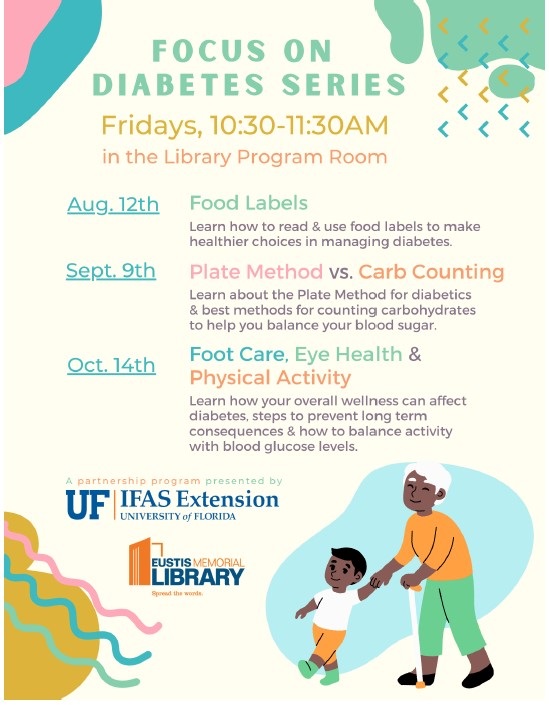
Food labels and diabetes
Reading labels | Diabetes UK Key points Always look at the 'total carbohydrate' on the label when carb counting. This will make sure you are counting both the complex (starchy) and simple (sugary) carbs in your food. Both will raise your blood glucose (blood sugar) levels, and need to be matched with insulin. 4 Things Diabetics Should Always Look for on Food Labels Food labels will list ingredients from the highest weight first. Additionally, look for other sugar names such as: dextrose glucose fructose sucrose Maltose malt syrup corn syrup corn sweetener 3. Fiber Not all food label ingredients are bad for diabetics. Fiber, for example, is known to decrease blood sugar spikes and increase insulin sensitivity. Food Labels | CDC - Centers for Disease Control and Prevention Living With Diabetes Eat Well Food Labels Español (Spanish) Understanding the Nutrition Facts label on food items can help you make healthier choices. The label breaks down the amount of calories, carbs, fat, fiber, protein, and vitamins per serving of the food, making it easier to compare the nutrition of similar products.
Food labels and diabetes. Reading Food Labels When You Have Diabetes | HealthLink BC Saturated fat and trans fat are listed on the food label. The lower the number of grams, the better. Limit how much saturated and trans fat you eat. A food is considered low in saturated fat if it has 5% or less of the daily value. A food is considered high in saturated fat if it has 15% or more of the daily value. Understanding food labels fact sheet - NDSS Labels on packaged foods provide information that can help you make healthier food choices. Making healthy food choices can help you to manage your diabetes, weight, and overall health. Understanding how to read food labels can help you choose foods with more fibre and less saturated fat, salt (sodium), added sugars and kilojoules. PDF Label Reading Basics for Diabetes - Veterans Affairs This food has 300 mg of sodium per ½ cup serving. It is suggested to limit salt intake to 1500 mg per day when you have diabetes. With pre-diabetes, your sodium intake should still be monitored. The goal is less than 2300 mg per day. A good first step is to not have a salt shaker at home. Total Fat The area on the label describing Reading Food Labels to manage Diabetes - Making Diabetes Easier When reading food labels, it is important to understand the difference between simple and complex sugars, as their effect on blood glucose levels is not the same: Simple, or "fast", sugars have a high glycaemic index and will therefore be rapidly digested, which can cause hyperglycaemia.
Food Label Know How | American Diabetes Association Food Label Know How. Plan Your Plate . Sugar Substitutes . Grupos de Alimentos y Tamaños de las Porciones. Formas Saludables de Cocinar y Sazonar los Alimentos. Compras en el Supermercado. Como Leer las Etiquetas de los Alimentos. Planifique su Plato Saludable. Sustitutos del Azúcar. American Diabetes Association 2451 Crystal Drive, Suite 900 ... How to Read a Food Label for a Diabetic Diet - HealthiNation Here's why, as well as other food label lines that deserve a second glance. 1. Total carbohydrates This gram count includes all types of carbs: sugar, complex carbohydrates, and fiber. Each type of carb affects blood glucose, so when you have diabetes you need to consider all three together. Nutrition Facts Labels and Diabetes - University of California, San Diego When you have diabetes, it's important to keep your blood sugar at healthy levels. This means eating foods relatively low in carbohydrates. A second goal is to eat heart-healthy. This is because people with diabetes have a higher risk for heart disease and stroke. To eat heart-healthy, you'll need to limit sodium, cholesterol, and unhealthy fats. Decoding Diabetes: How to Read Nutrition Labels | Accu-Chek Nutrition labels are typically made based on the assumption that you have a daily diet of 2,000 calories (kilocalories). Some labels will have a footnote that expand on this concept, providing numbers for both 2,000 and 2,500-calorie (kilocalorie) diets. In between the line on a nutritional label for calories (kilocalories) and the footnote at ...
Food Labels and How to Read Them - Diabetesnet.com These labels also give the exact number of grams of carbohydrate contained in a serving and the size of this serving. For those with diabetes, food labels are extremely helpful for carb counting and for determining appropriate insulin doses for these foods. What consumers get from food labels: nutrition information about almost every food in ... Understanding food labels | Diabetes UK Check the ingredients list - if syrup, invert syrup, cane sugar, molasses or anything ending in 'ose' is within the first three ingredients, this suggests the food contains more added sugar. Choose an alternative if possible, or be mindful of the portion you eat. Check the fibre content on the back of pack label. Understanding food labels - Diabetes Ireland Sometimes the producer claims on the pack that a food is for example 'Low in fat', 'High fibre' or a 'Source of calcium'. Recent EU legislation has regulated the use of nutrition and health claims in order to protect the consumer against. For more information on understanding food labels and diabetes, download our Food Labels booklet. Learning To Read Labels :: Diabetes Education Online On a nutrition food label, subtract the fiber from the total carbohydrate amount. When you read food labels, the grams of sugar are already included in the total carbohydrate amount, so you do not need to count this sugar amount separately. The grams of sugar listed include both natural sugars, from fruit or milk, and added sugars.
Nutrition Facts Labels and Diabetes - University of Rochester When you have diabetes, it's important to keep your blood sugar at healthy levels. This means eating foods relatively low in carbohydrates. A second goal is to eat heart-healthy. This is because people with diabetes have a higher risk for heart disease and stroke. To eat heart-healthy, you'll need to limit sodium, cholesterol, and unhealthy fats.
Reading food labels & nutrition panel - Diabetes Queensland Reading food labels & nutrition panel - Diabetes Queensland Home About diabetes Living with diabetes Healthy eating Reading food labels Reading food labels When choosing packaged food, choose products with: lower energy (kilojoules) if you are trying to lose weight lower total and saturated fat lower sugar lower sodium higher fibre
Diabetes and Food Labelling - Diabetic Food, Traffic Light Labels and GDA Food labelling plays a useful part in diabetes management and following a healthy lifestyle. There is a lot of information to be found on food packaging, so it helps to know which of the information is best to focus on. Making sense of food labels The most important information is usually found on the back of packaging.
Making Sense of Food Labels | ADA - American Diabetes Association Reading labels can help you find these hidden sources and compare the sodium in different foods. Whether you have diabetes or not, 2300 milligrams (mg) or less per day is the general recommendation. If you have high blood pressure, talk with your health care team to find out the best goal for you. List of ingredients
How to Read the New Food Label - The Johns Hopkins Patient Guide to ... The percent daily value (%DV) can be used as a quick guide to the food label. Try the 5/20 rule when reading a label. Think about 5% or less as low for any nutrient and 20% or more is high for any nutrient. The %DV is a great way to compare food products if the serving size is the same. Fiber is the nutrient on the label that you want to aim ...
Food Labels | Know Diabetes If this is the case the label should say 'contains naturally occurring sugars'. Low-sugar The product must contain less than 5 g of sugar per 100 g, or 2.5 g of sugar per 100 ml. Reduced-sugar The product must contain 30% less sugar than the standard equivalent product. This does not mean the product is always low in sugar. Sugar-free
How to read food labels if I have diabetes or prediabetes? Knowing how to read food labels is a very useful skill to improve your eating and better manage or help to prevent the progression of diabetes. There are three main things on the food labels to look out for: nutrition information panel, ingredient list, and Healthier Choice Symbols. 1. Nutrition information panel (NIP)
Reading Food Labels | ADA - American Diabetes Association The Nutrition Facts labels on foods are really the key to making the best choices. We'll cover the basics so that these labels make shopping easier for you. Get started Understanding Carbs You've heard it all. From carb-free to low-carb, to whole and empty carbs, it's hard to know what it all means. Learn more Food & Blood Sugar
Reading food labels: Tips if you have diabetes - Mayo Clinic Look for foods with 3 or more grams of fiber. Put sugar-free products in their place Sugar-free doesn't mean carbohydrate-free. Sugar-free foods may play a role in your diabetes diet, but remember that it's equally important to consider carbohydrates as well. A sugar-free label means that one serving has less than 0.5 grams of sugar.
PDF Food Labels - Diabetes Ireland label is telling me Food labels can give details such as: Understanding traffic light labelling This can be found on the front of some foods and the colours, similar to traffic lights can be an easier way of reading a label for comparing different products. Foods HIGH per 100g Sugars Fat Saturates Salt MEDIUM per 100g 1.5g LOW per 100g
Food Labels | CDC - Centers for Disease Control and Prevention Living With Diabetes Eat Well Food Labels Español (Spanish) Understanding the Nutrition Facts label on food items can help you make healthier choices. The label breaks down the amount of calories, carbs, fat, fiber, protein, and vitamins per serving of the food, making it easier to compare the nutrition of similar products.
4 Things Diabetics Should Always Look for on Food Labels Food labels will list ingredients from the highest weight first. Additionally, look for other sugar names such as: dextrose glucose fructose sucrose Maltose malt syrup corn syrup corn sweetener 3. Fiber Not all food label ingredients are bad for diabetics. Fiber, for example, is known to decrease blood sugar spikes and increase insulin sensitivity.
Reading labels | Diabetes UK Key points Always look at the 'total carbohydrate' on the label when carb counting. This will make sure you are counting both the complex (starchy) and simple (sugary) carbs in your food. Both will raise your blood glucose (blood sugar) levels, and need to be matched with insulin.

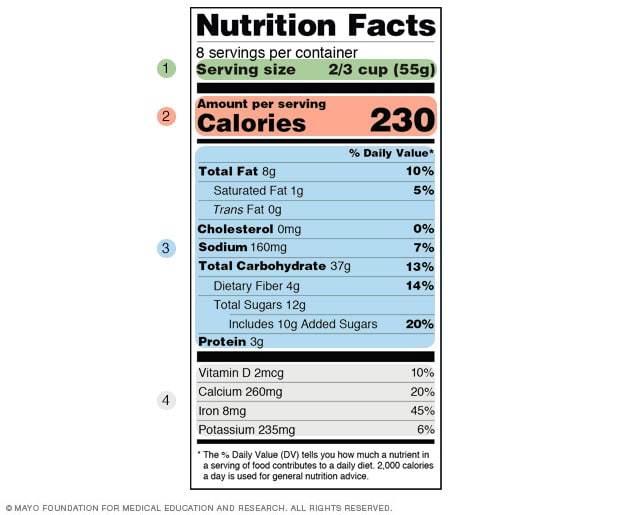
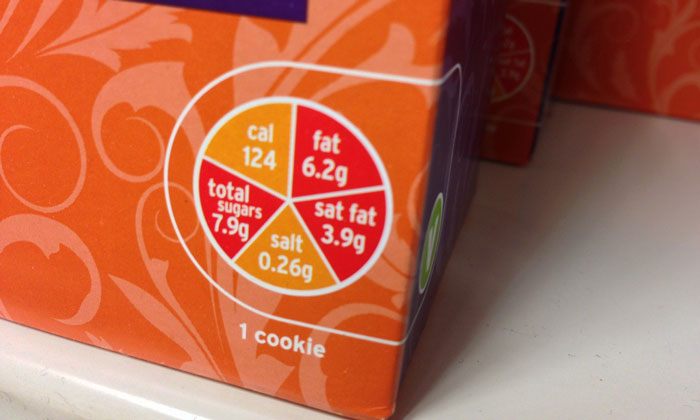

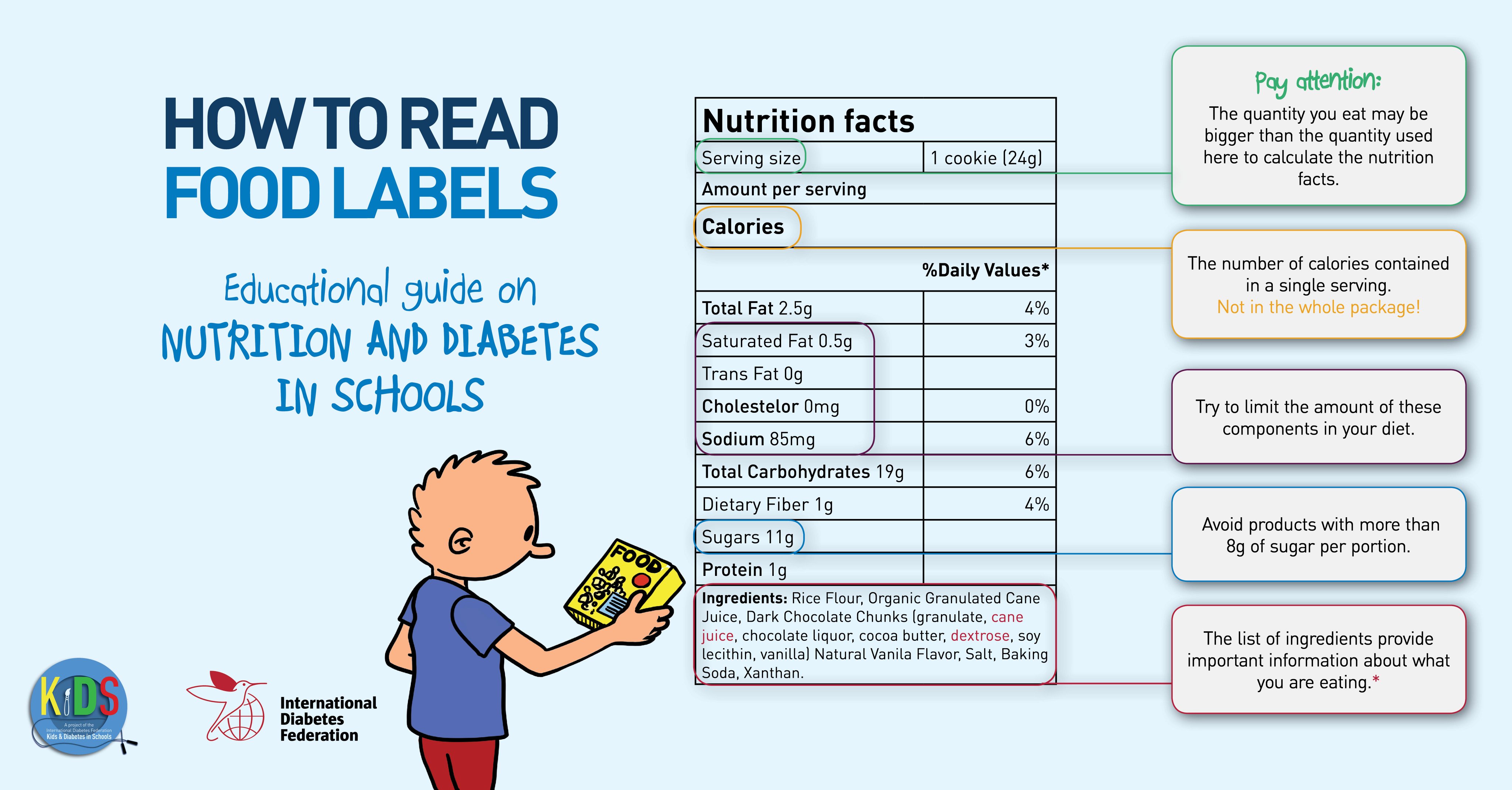




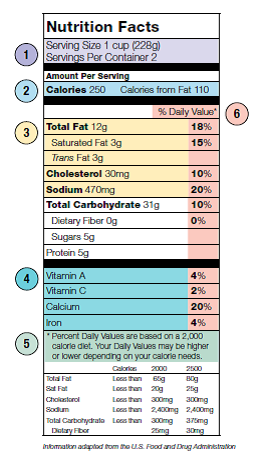
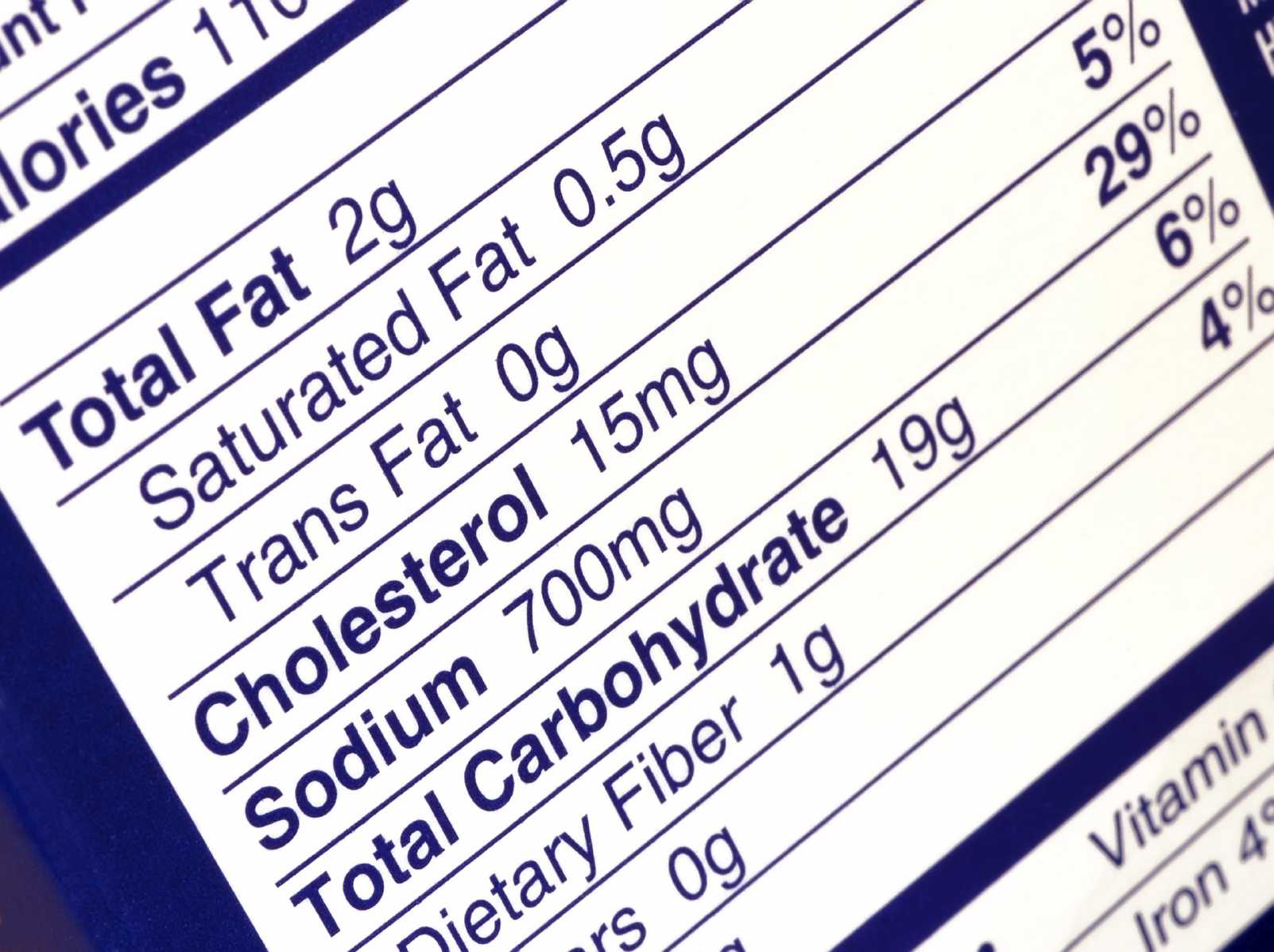
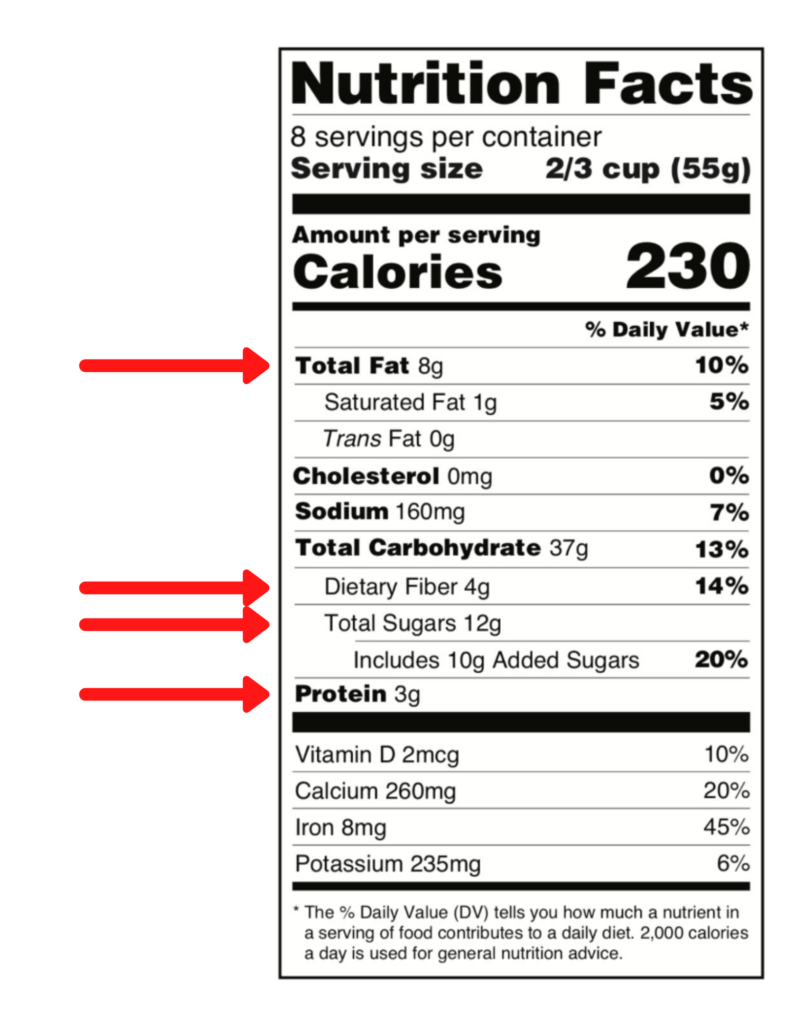

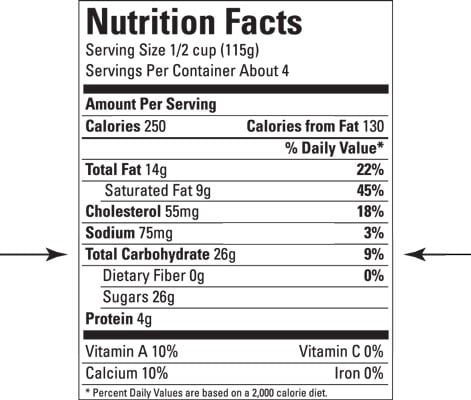
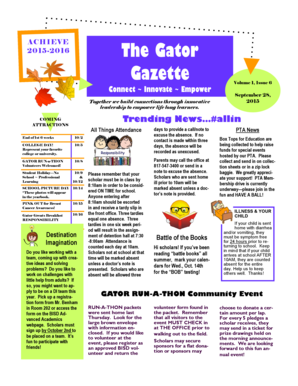


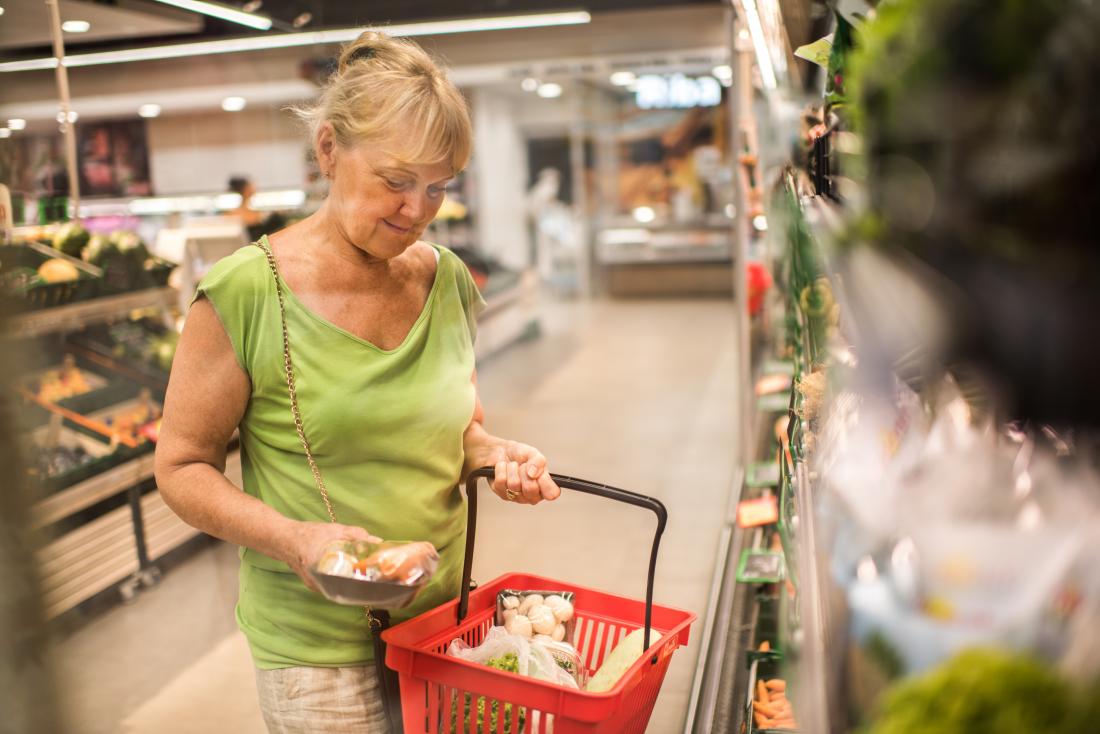
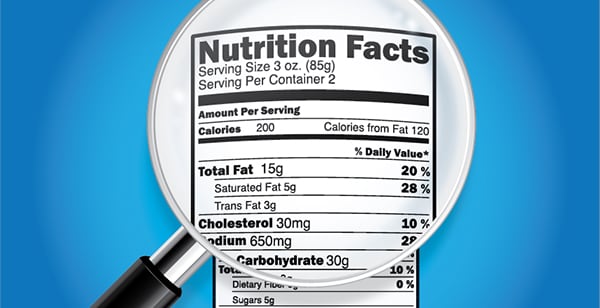


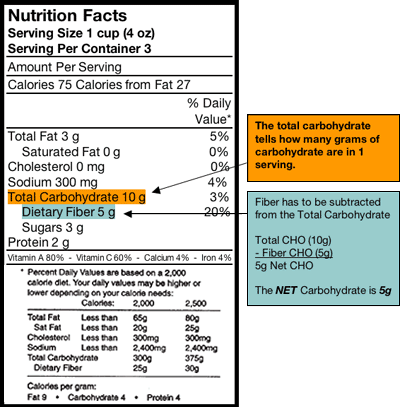
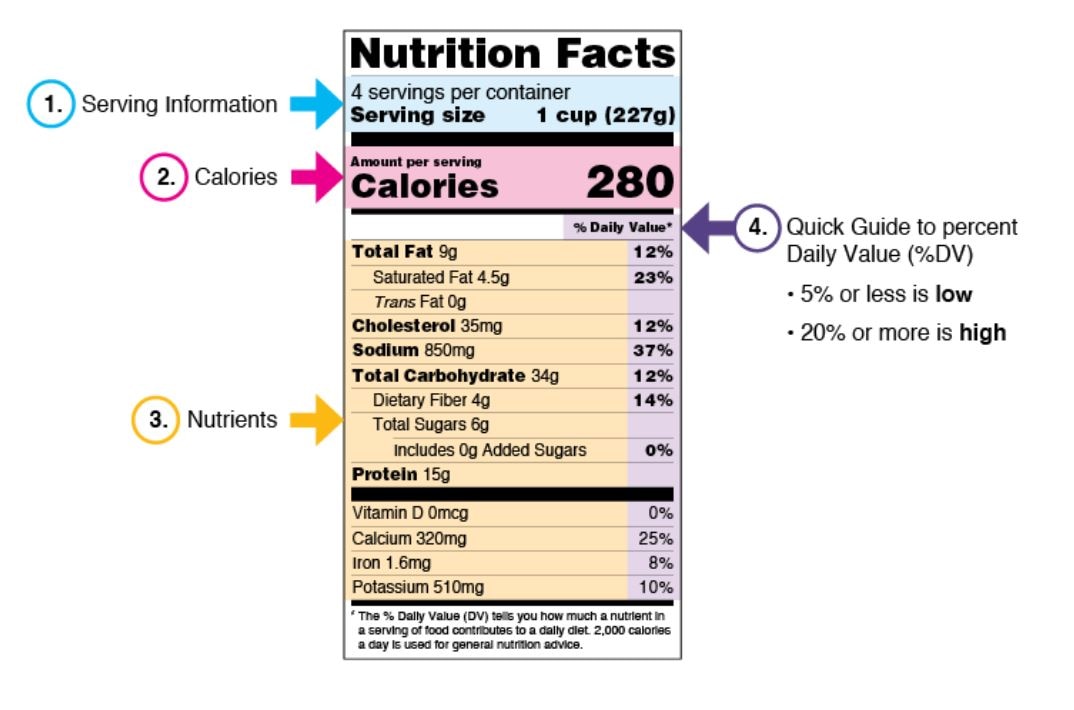
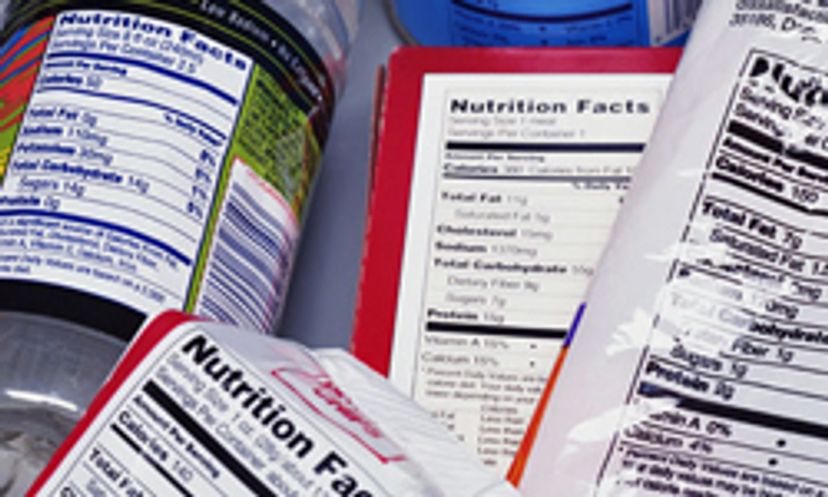
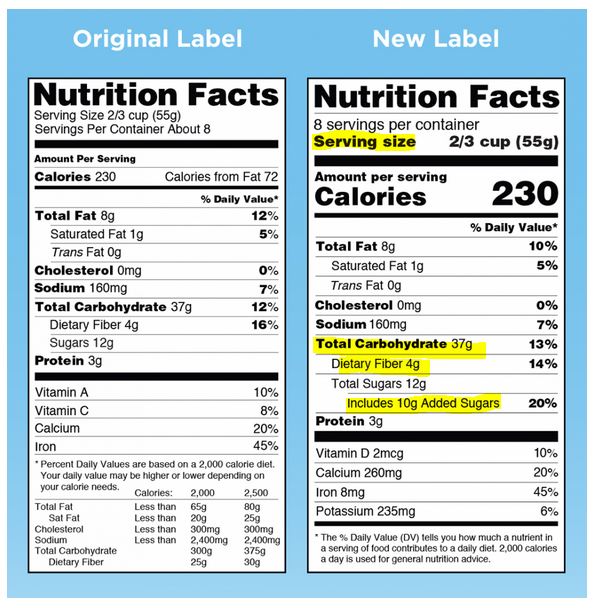
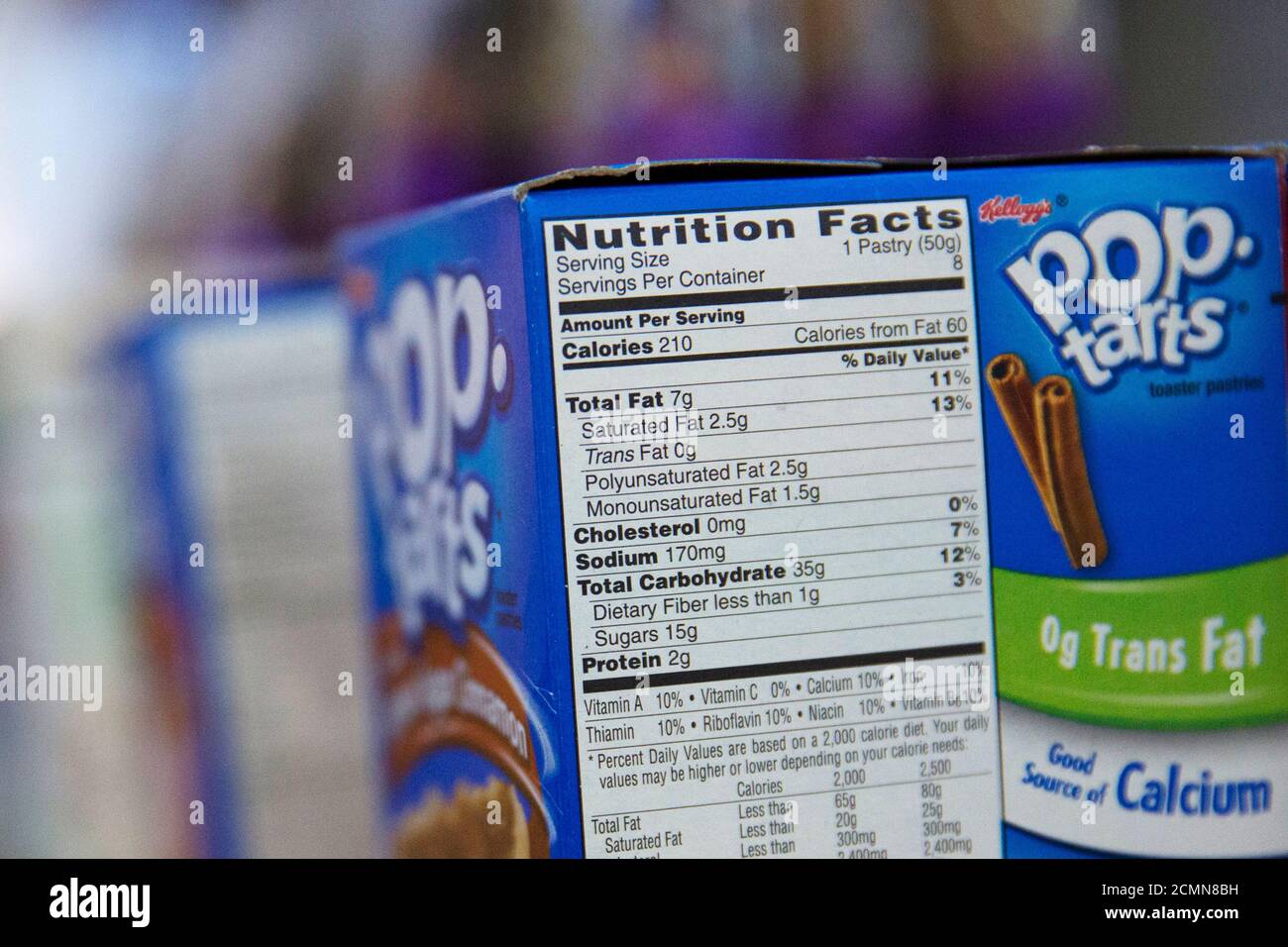

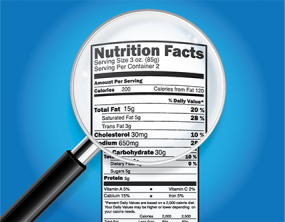

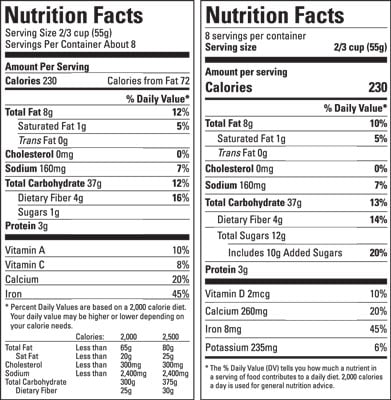


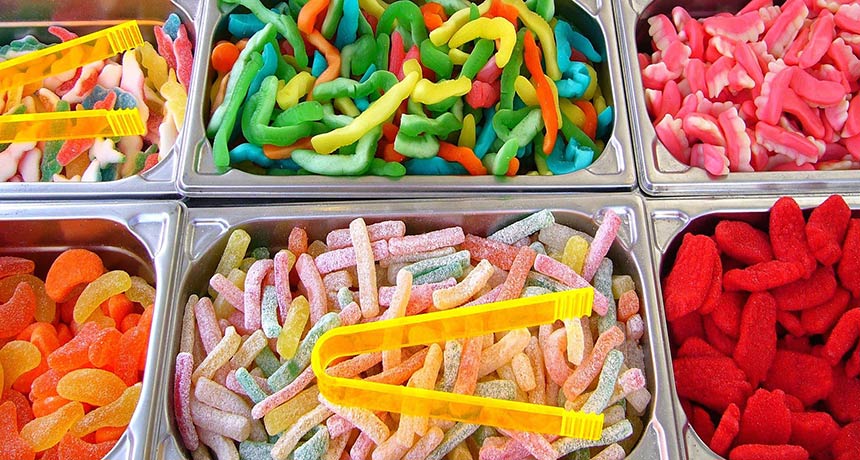
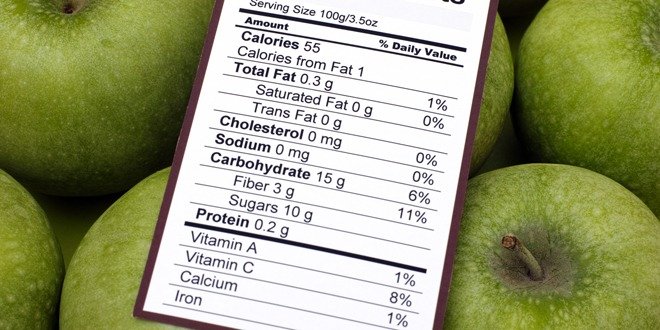
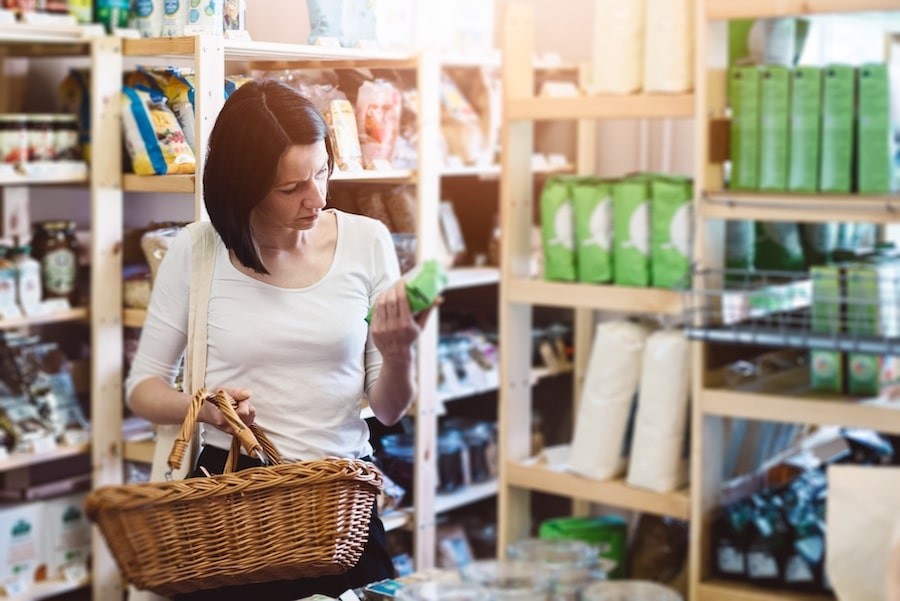
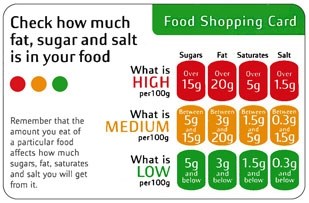

Post a Comment for "42 food labels and diabetes"